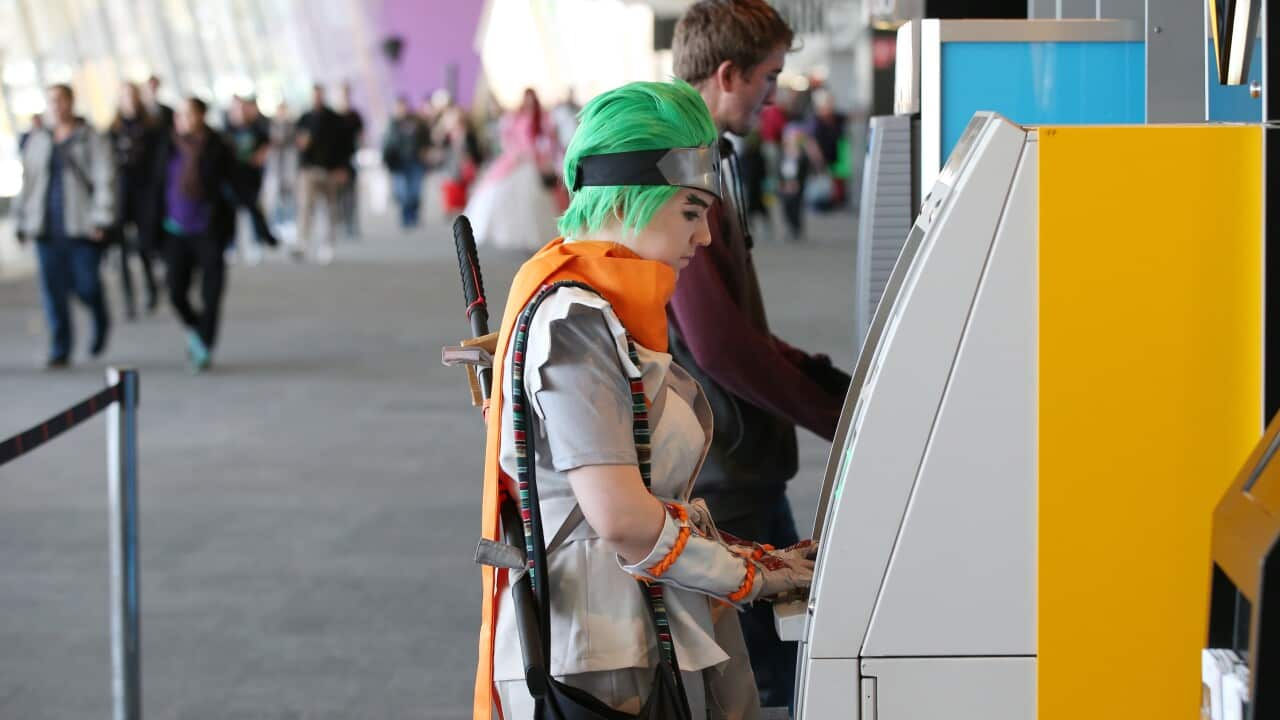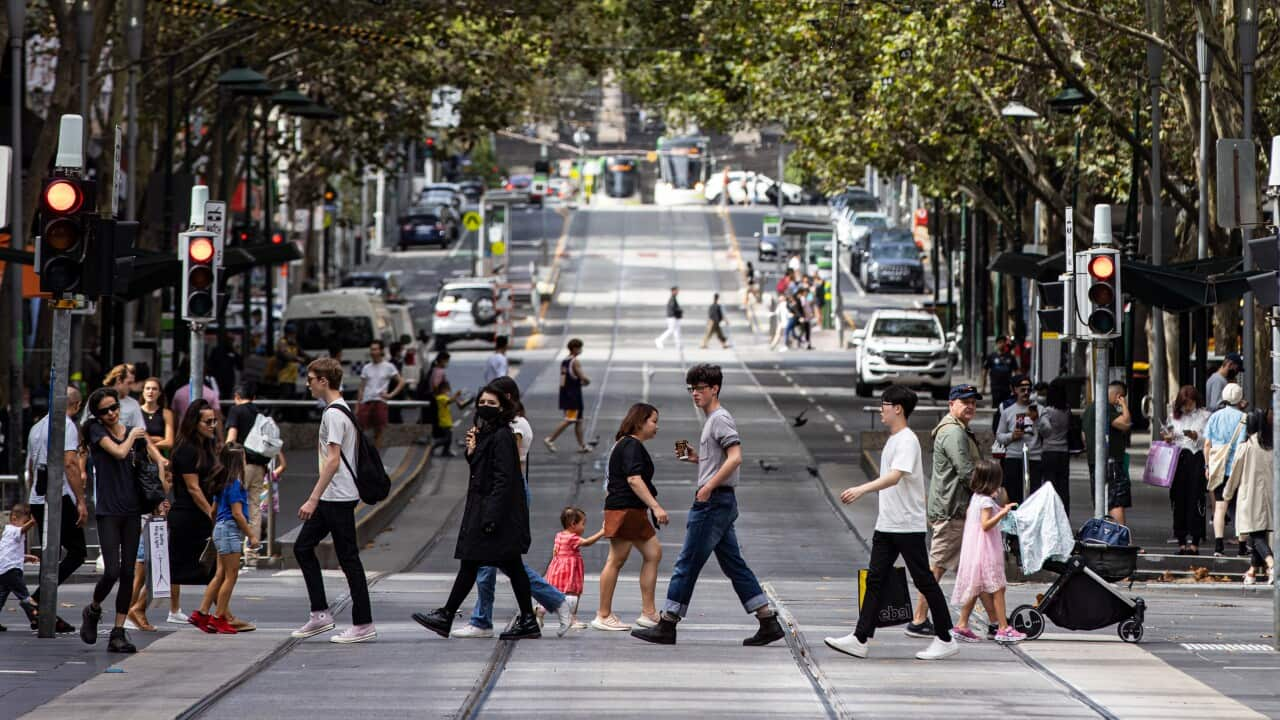Key Points
- The Reserve Bank of Australia is expected to again lift the official cash rate on Tuesday.
- Mortgage holders would likely receive any increase in full, but banks are being more selective.
- Here's what you need to know.
Banks haven't hesitated to pass on each rate increase in full to mortgage holders, but some customers may be left wondering why the rate on their savings account is languishing.
Enter "dud" savers — the accounts with interest rates that are trailing behind the official cash rate.
The Reserve Bank of Australia (RBA) has lifted the official cash, which influences how banks set their interest rates, rate eight times since May last year to . After a pause in January (when the RBA's board did not meet), the nation's central bank is on Tuesday expected to lift the official cash rate by a quarter of a percentage point as it continues .
As the cash rate has grown, Australia's big four banks — the Commonwealth Bank, Westpac, ANZ, and NAB — . But they have been selective when it comes to rewarding depositors.

Australia's big four banks have been selective when it comes to rewarding depositors amid rate hikes. Source: AAP / Joel Carrett
These are what are known as bonus accounts, which offer extra interest-earning potential provided certain conditions are met.
Then there are online accounts that typically offer a higher, introductory interest rate to new customers before it reverts to a lower rate — one that existing customers on these accounts are likely to be on, according to RateCity.
The Commonwealth Bank's NetBank Saver offers new customers 4 per cent for five months before it falls to 1.6 per cent, while Westpac's eSaver has a 3.75 per cent introductory rate that drops to 0.85 per cent after the same period.
Those signing up for NAB's iSaver will get 3.75 per cent for four months, but that will fall to 1.1 per cent after that time, and new ANZ Online Saver customers will receive 2.4 per cent interest on their savings for three months before it reverts to a standard rate of 0.6 per cent.
Savings accounts that are below the current cash rate are what RateCity labels "duds".
Its analysis found that of the 90 banks in its database, about 37 of them had at least one savings rate below 1 per cent.
Sally Tindall, the company's director of research, said existing online account holders could try to re-negotiate their savings rate with their bank, but there was no guarantee it would be boosted.
Instead, she recommended investigating whether a bonus account could meet their needs.
"The competition for proactive savers is strong in this market," Ms Tindall said.
"You can find rates of up to 4.6 per cent for adults on an on-going basis if you can jump through the hoops each month to qualify for that rate."
These "hoops" can vary, Ms Tindall said. In order to qualify for a higher rate, some banks may set conditions that include, among others, a requirement to deposit a certain amount each month and make no withdrawals.
Typically, the higher the savings rate, the tougher the conditions will be, Ms Tindall said.
But there are savings accounts that come with fewer hurdles. Ms Tindall pointed to ANZ's Plus Save, which has a 3.75 per cent interest rate and "no onerous monthly terms and conditions" — although it is a digital-only product.
Why is the cash rate likely to increase?
Nomura Australia Andrew Ticehurst is an economist with financial services group Nomura Australia. He said another rate hike by the US Federal Reserve - albeit a smaller quarter-point increase - and likely cash rate increases by other major central banks supported the case for another RBA hike in February.
And underlying inflation, which excludes large price rises and falls, was surprisingly strong in the December quarter, lifting 6.9 per cent annually.
Looking back at RBA communications in December, Mr Ticehurst said the central bank alluded to more rate hikes "over the period ahead".
"Ultimately, we think the governor is attempting to balance cooling growth against uncomfortably high inflation and the risk of a break-out in wages and inflation expectations," he said.
"But equally, the RBA appears very keen to avoid recession, and naturally, would not wish to be 'blamed' for delivering one."
Nomura analysts anticipate another quarter of a percentage point lift, and that a larger hike is more probable than a pause.
Commonwealth Bank economists are also forecasting a 0.25 percentage point increase but haven't ruled out a 0.4 percentage point hike.
“The RBA maintained a hiking bias in December and with inflation still strong we expect them to deliver on this at their February Board meeting," said the Commonwealth Bank's head of Australian economics, Gareth Aird, in a statement on Thursday.
"We’re maintaining our forecast that they will raise the cash rate by 25bp [basis points, 0.25 percentage points] to 3.35 per cent, before pausing the tightening cycle. However, a larger hike of 40bp [0.4 percentage points] coupled with a stated intention to pause could also be on the table.
- With AAP.












